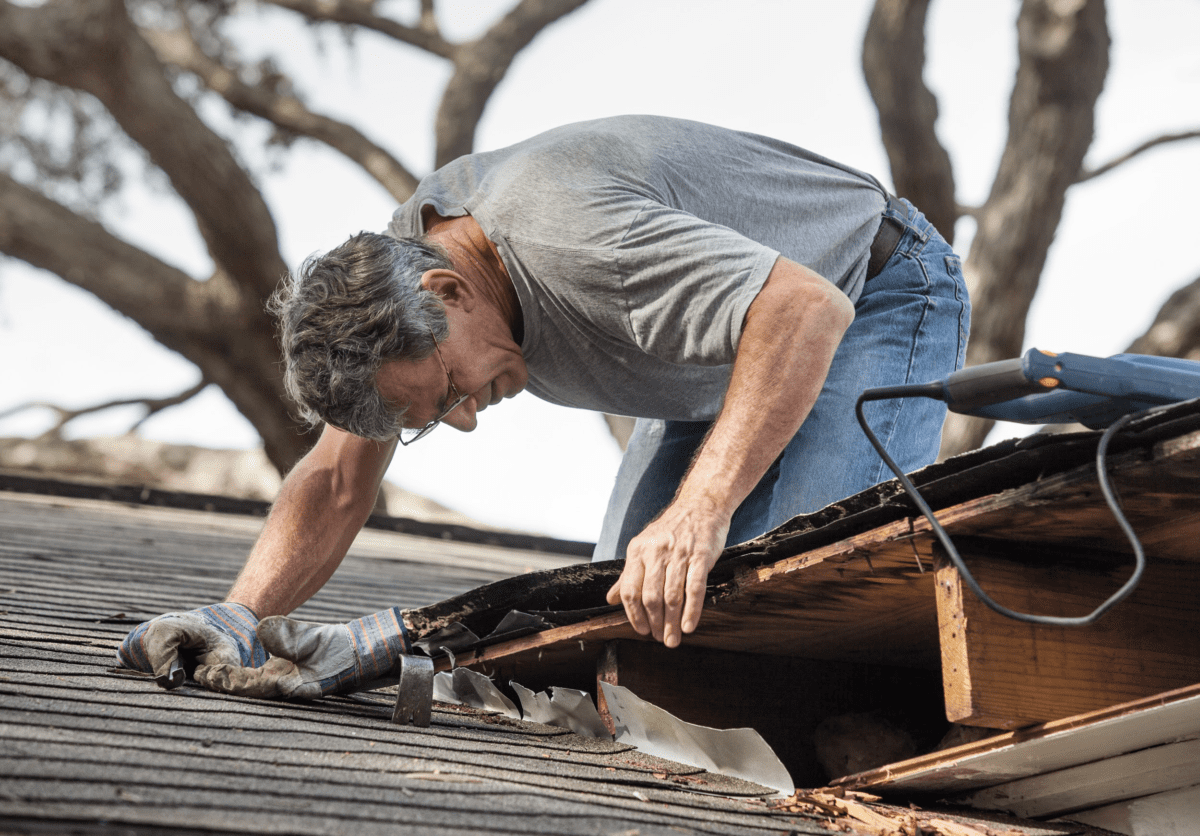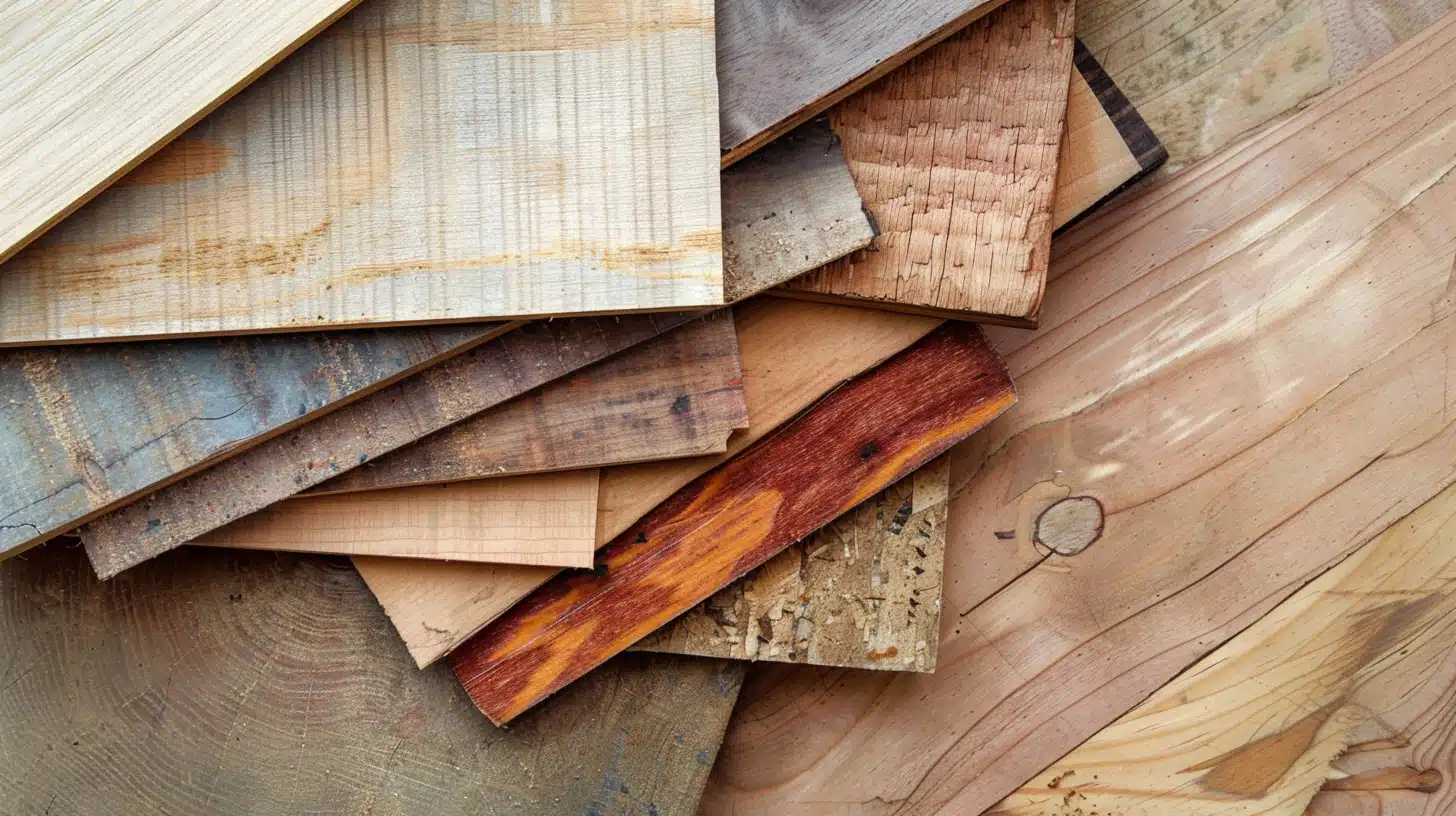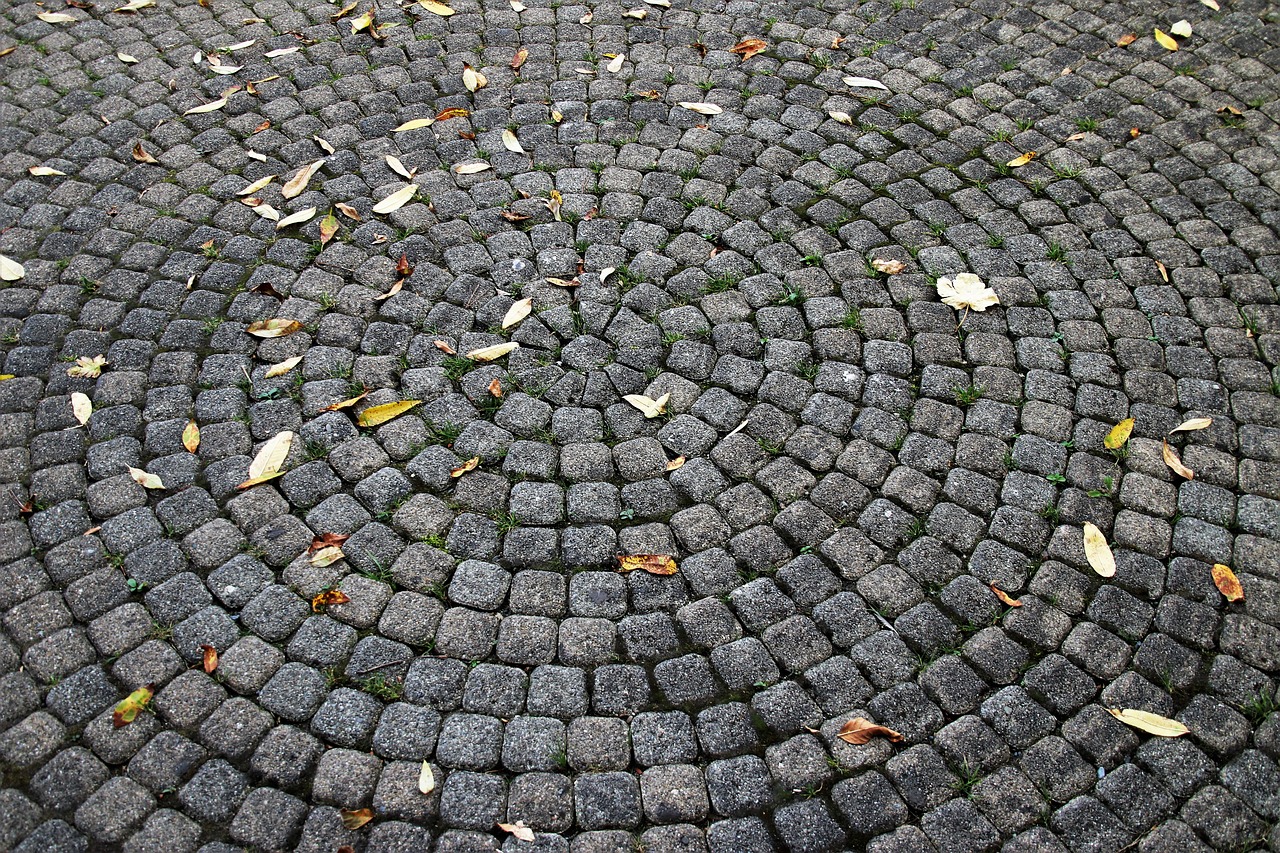DIY Roof Repair: Dos and Don’ts
Sustaining a strong and watertight roof is vital in safeguarding your home from nature’s forces. While certain roof repairs demand the skills of professionals, there are specific tasks that you can handle independently. Should you be contemplating a DIY roof repair, here are some guidelines to remember—dos and don’ts—that ensure both your safety and the resilience of your roof structure.
Dos:
1. Assess the Damage: Start by inspecting your roof for signs of damage. Look for missing or damaged shingles, sagging areas, leaks, and visible wear and tear. Identifying the issues will help you plan the necessary repairs.
2. Safety First: Prioritize safety throughout the repair process. Utilize a robust ladder and don suitable safety equipment, including slip-resistant shoes, gloves, and, if needed, a harness. Opt for daytime hours for your work and abstain from roof repairs during unfavorable weather conditions.
3. Gather the Right Tools: Ensure that you possess all the essential tools and materials before commencing your task. Standard tools encompass a hammer, roofing nails, roofing adhesive or cement, a pry bar, a utility knife, and replacement shingles.
4. Replace Missing or Damaged Shingles: If you notice missing or damaged shingles, they should be replaced promptly. Carefully remove the damaged shingles using a pry bar, and then slide in the new shingles, securing them with roofing nails.
5. Seal Leaks: Small leaks can often be temporarily sealed using roofing cement or adhesive. Thoroughly cleanse the vicinity surrounding the leak, then apply the sealant and ensure a seamless application for an effective waterproof seal. Nevertheless, bear in mind that this constitutes a temporary remedy. For more substantial or continual leaks, seeking the expertise of a professional is advised.
Don’ts:
1. Overlook Safety Procedures: Roof repairs can be risky, so don’t compromise on safety measures. Avoid working alone and let someone know you’ll be on the roof. If you’re uncomfortable with heights or unsure about the repair process, it’s best to hire a professional.
2. Ignore Professional Help: While minor repairs can be done by homeowners, major repairs or extensive damage should be handled by a professional roofing contractor. Attempting complex repairs without proper knowledge can lead to further damage and safety hazards.
3. Neglect Proper Installation: When replacing shingles or performing other repairs, ensure you follow the manufacturer’s guidelines and best practices for installation. Proper installation is crucial for the longevity and effectiveness of your repairs.
4. Rely Solely on Sealants: While sealants can temporarily fix small leaks, they are not a permanent solution for more significant roofing problems. If you notice persistent leaks, it’s best to consult a professional roofer to address the underlying issue.
5. Work in Poor Weather Conditions: Avoid working on the roof during rain, strong winds, or icy conditions. Wet or slippery surfaces can lead to accidents, making it important to choose clear and dry weather for your DIY repairs.
Undertaking DIY roof repair has the potential to save you money while preserving your home’s roof quality. Nevertheless, it’s of paramount importance to give precedence to safety, evaluate the damage’s scope, and be mindful of your own proficiency level.While small repairs like replacing shingles and sealing minor leaks can be tackled by homeowners, larger or more complex issues should be left to professionals. When in doubt, consulting a roofing expert for your roof repair is a smart step to ensure your roof remains in good condition for years to come.







